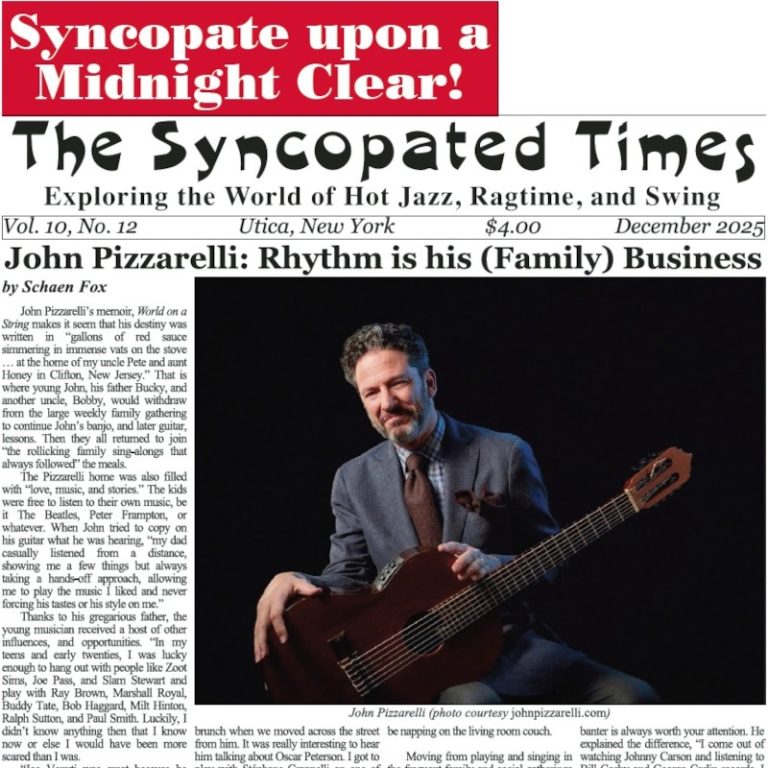46 years after his death, Louis Armstrong is still the most famous, beloved and influential figure in jazz history. As an innovative trumpeter, singer and comedic personality, his influence can be heard (at least indirectly) on a countless number of performers today.
Armstrong’s recordings from the 1923-28 period, which include his work with King Oliver’s Creole Jazz Band, the Fletcher Henderson's Orchestra, and his own Hot Five, Hot Seven, and Savoy Ballroom Five groups are universally acclaimed. His brilliant sound, chance taking solos and ability to “tell a story” in his improvisations (often with a beginning, middle and end) changed jazz. Armstrong’s singing, which used similar phrasing as his horn but with his own very distinctive voice, showed other vocalists how to swing lyrics even when they are not scatting. Satch’s early big band recordings (particularly those of 1929-31) are also highly rated.
While continuing to be famous during the Swing Era, Louis Armstrong was a bit overshadowed by other bandleaders (including Benny Goodman, Duke Ellington, and Count Basie), and his own orchestra mostly functioned as a backdrop for his singing and playing. However, after he broke up his big band and formed the Louis Armstrong All-Stars in 1947, his popularity and fame grew year-by-year. Armstrong may have no longer been the most modern pacesetter in jazz, but few could
You've read three articles this month! That makes you one of a rare breed, the true jazz fan!
The Syncopated Times is a monthly publication covering traditional jazz, ragtime and swing. We have the best historic content anywhere, and are the only American publication covering artists and bands currently playing Hot Jazz, Vintage Swing, or Ragtime. Our writers are legends themselves, paid to bring you the best coverage possible. Advertising will never be enough to keep these stories coming, we need your SUBSCRIPTION. Get unlimited access for $30 a year or $50 for two.
Not ready to pay for jazz yet? Register a Free Account for two weeks of unlimited access without nags or pop ups.
Already Registered? Log In
If you shouldn't be seeing this because you already logged in try refreshing the page.




